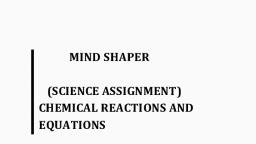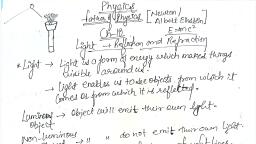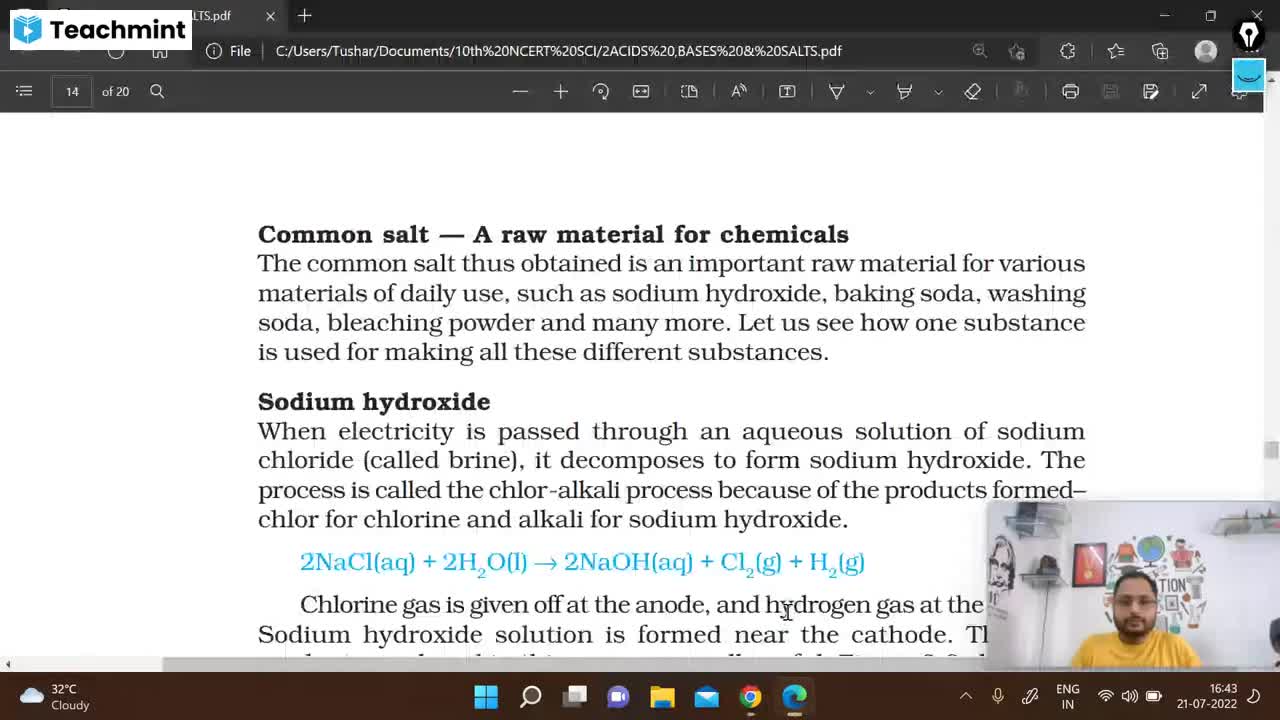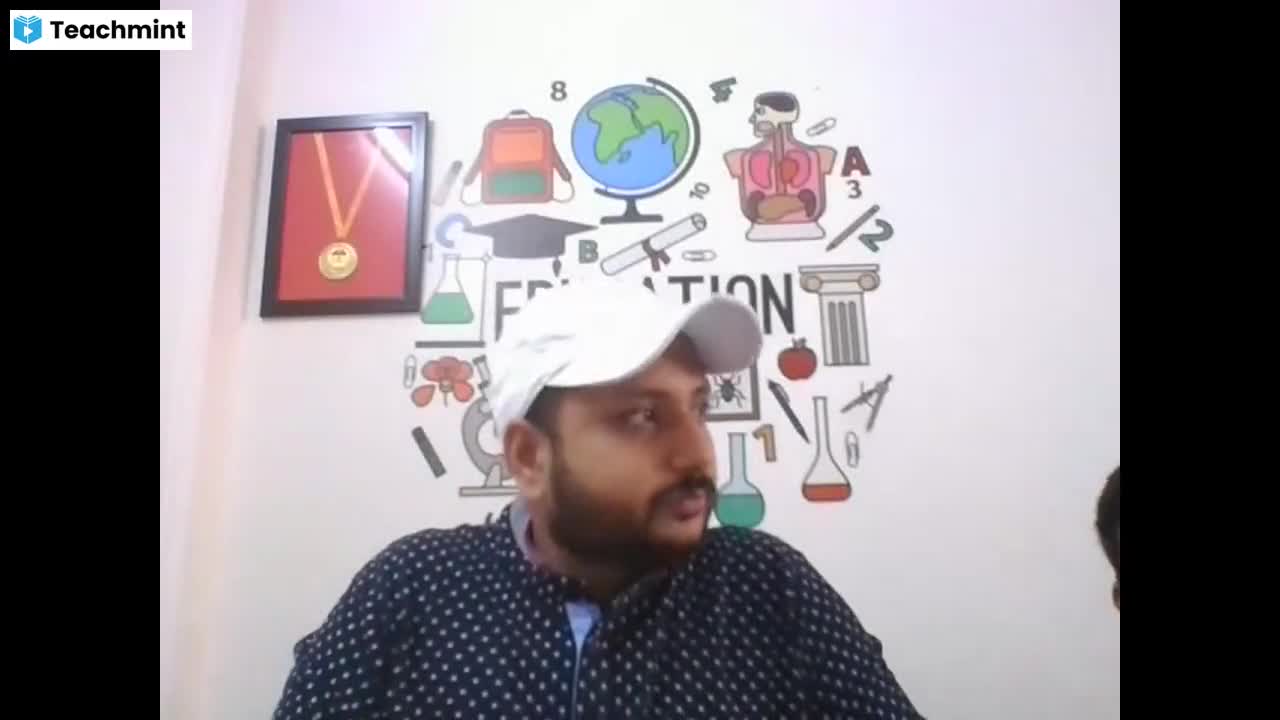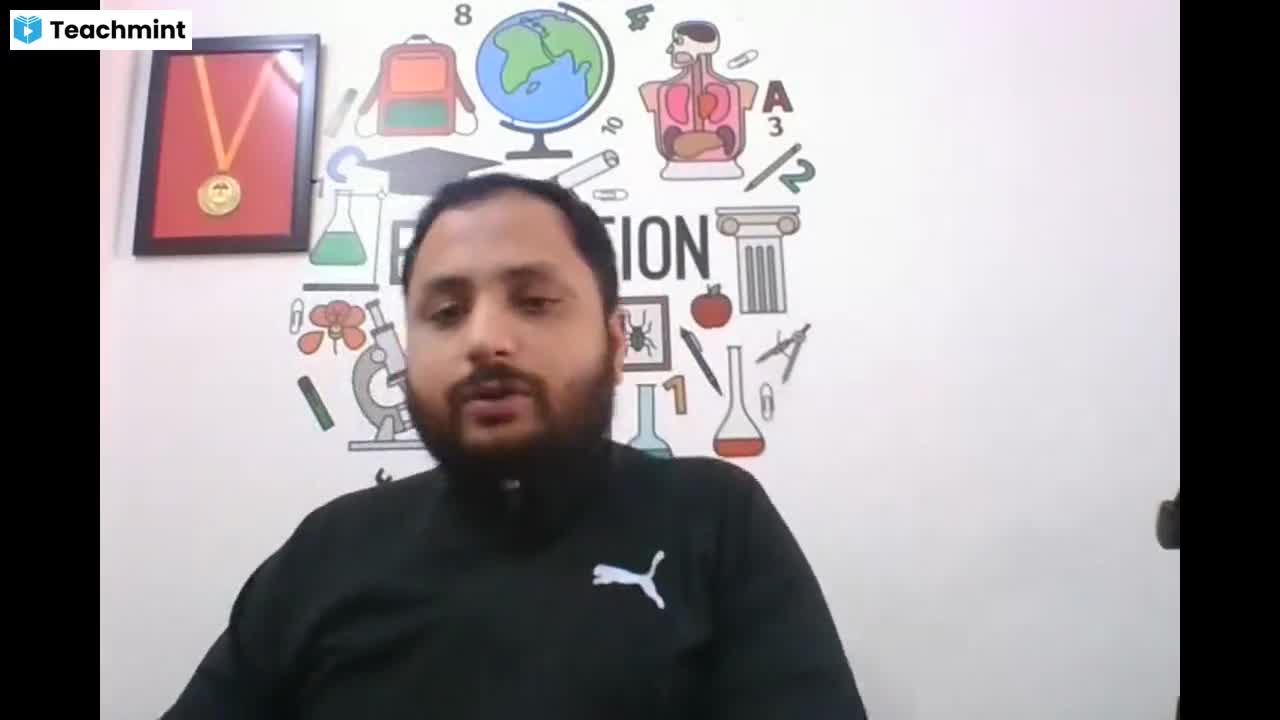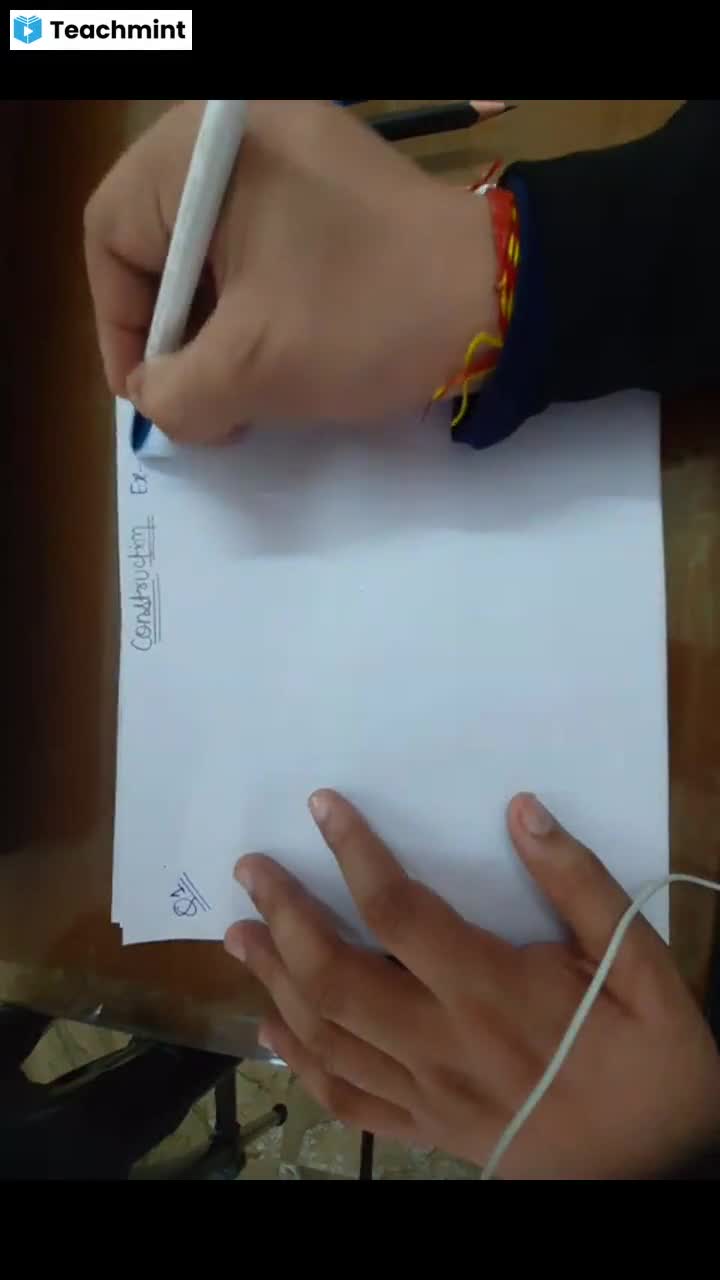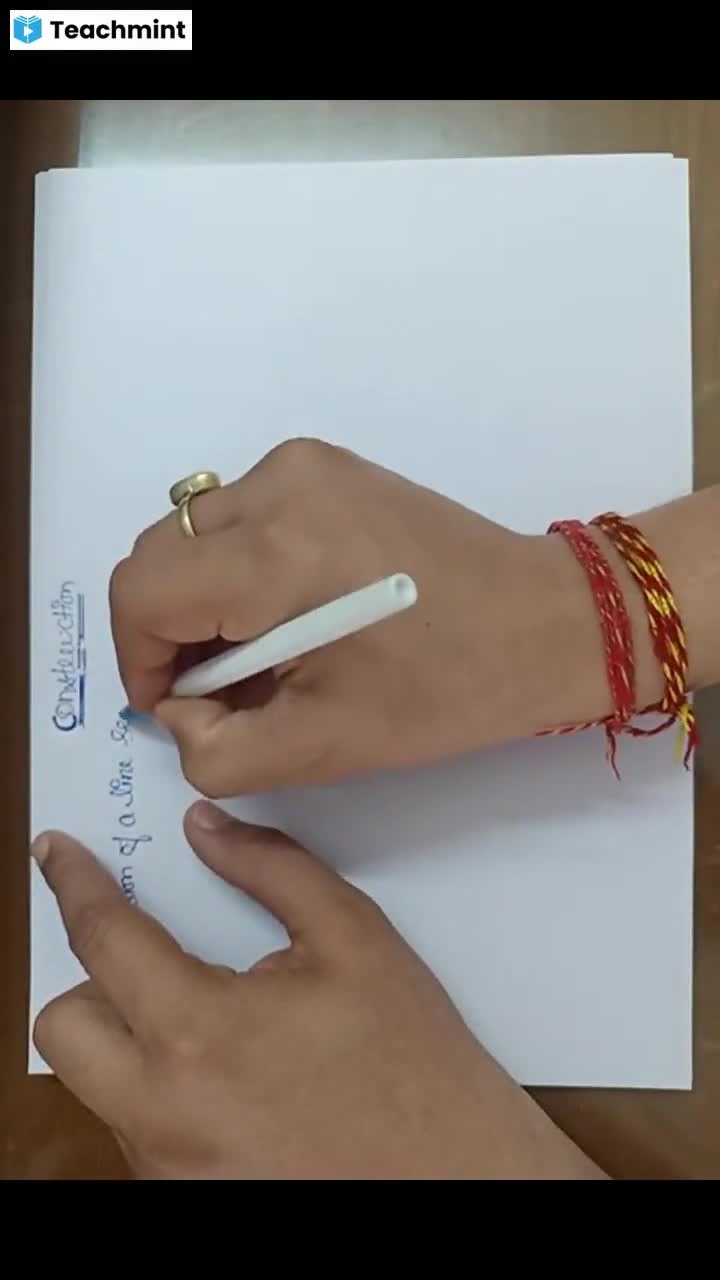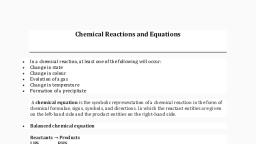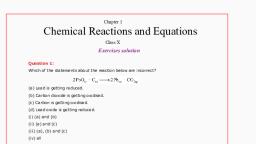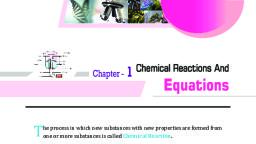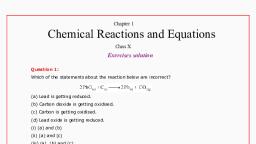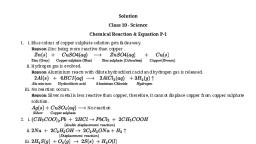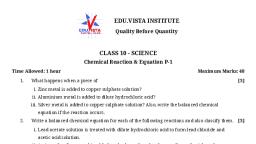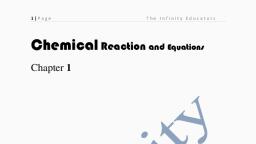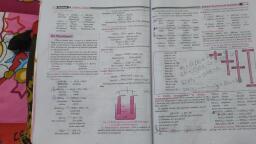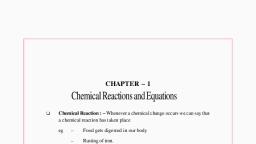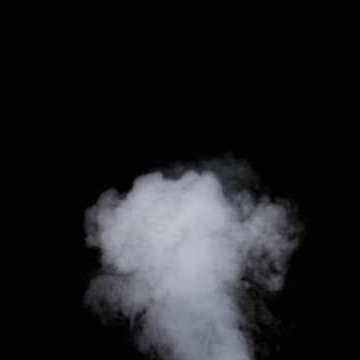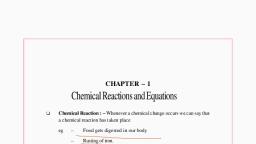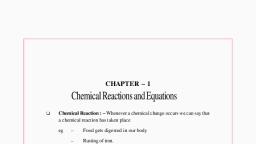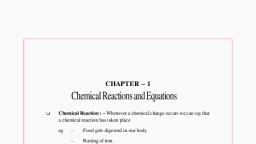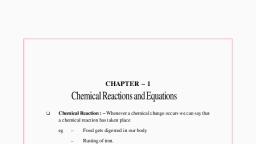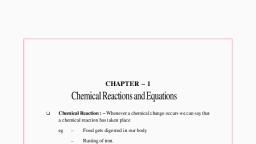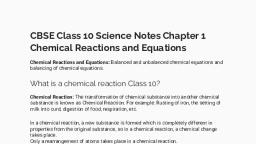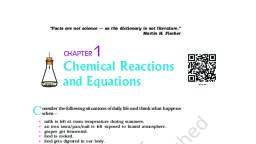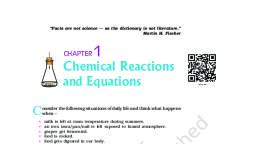Page 1 :
2/20/22, 10:10 PM, , In a chemical reaction, at least one of the following will occur:, Change in state, Change in colour, Evolution of a gas, Change in temperature, Formation of a precipitate, , A chemical equation is the symbolic representation of a chemical reaction in the form of chemical formulae, signs, symbols, and directions. In which the reactant, entities are given on the left-hand side and the product entities on the right-hand side.Balanced chemical equation, • Reactants →Products, LHS, RHS, Total number of atoms on the LHS = Total number of atoms on the RHS, • How to balance an equation, • Write reactants and products, • Balance the maximum number of a particular atom on both sides, • Balance other atoms, • A complete balanced equation should look like, , CO(g)+2H2(g)340 atm−−−−→CH3OH(l)COg+2H2g→340 atmCH3OHl, , Types of reactions, • Combination reaction, Two or more reactants combine to form one single product., Examples, , C(s)Carbon+O2(g) Oxygen→ CO2(g)Carbon dioxide2H2(g)Hydr, CaO(s)Calcium oxide (Quick lime)+ H2O(l) Water→ Ca(OH)2(aq)Calcium hydroxide (Slaked lime), CaOsCalcium oxide(Quick lime)+H2OlWater→CaOH2aqCalcium hydroxide(Slaked lime)CsCarbon+O2gOxygen→CO2gCarbon dioxide2H, • Exothermic reaction – Heat gets released in the reaction. Most combination reactions are exothermic. For example,, , CaOsCalcium oxide(Quick lime)+H2OlWater→CaOH2, CaO(s)Calcium oxide (Quick lime)+ H2O(l), , Water→ Ca(OH)2(aq)Calcium hydroxide, , (Slaked lime), , • Endothermic reaction – Heat is absorbed in the reaction. Very few combination reactions are endothermic. For example,, 12 N2(g)+O2(g)→NO2(g)12N2g+O2g→NO2g• Decomposition reaction, A single reactant breaks into several simple products., Examples, , 2FeSO4Ferrous sulphate, , −→, , CaOCalcium oxide+CO2, , Δ, , −−−→ Fe2O3Ferric oxide+SO2+SO3 CaCO3Limestone, , 2AgClSilver chloride, , Δ, , Δ, , −−, , −−, , 1/2
Page 2 :
2/20/22, 10:10 PM, , 2FeSO4Ferrous sulphate→, , Δ Fe2O3Ferric oxide+SO2+SO3CaCO3Limestone→, , Δ CaOCalcium oxide+CO22Ag, , −→2Ag Silver+Cl2, • All decomposition reactions are endothermic [they absorb heat]., , • Displacement reactions:, In displacement reactions, a more reactive metal can displace a less reactive metal from their compounds in aqueous solutions. (However, a less reactive metal, cannot displace a more reactive metal.), Example:, , CuSO4Copper Sulphate, , (Blue), , + ZnZinc → ZnSO4Zinc Sulphate (Colourless) + CuCopper (Red) Fe(s) Iron + CuSO4(aq)Copper sulphate →, CuSO4Copper Sulphate(Blue)+ZnZinc→ZnSO4Zinc Sulphate(Colourless)+CuCopper(Red)FesIron, , Cu(s) Copper + FeSO4(aq) Iron sulphate, • Double displacement reaction, Exchange of ions occurs between two compounds., Example, , Na2SO4 (aq) + BaCl2 (s) → BaSO4 (aq) + 2NaCl (s)Sodium sulphate Barium chloride Barium sulphate Sodium chloride, Sodium sulphate Barium chloride Barium sulphate Sodium chloride, •W, hen the aqueous solution of two compounds react by exchanging their respective ions, such that one of the products formed is insoluble salt and, , appears in the form of a precipitate, then the reaction is said to be precipitation reaction., • When an acid solution reacts with a base and the two exchange their respective ions, such that only salt and water are products, then the reaction is, , called neutralisation reaction., •W, hen two compounds react with each other and displace their ions, in such a manner that one of the product formed either decomposes into gaseous, , compounds or is formed in gaseous state, then the reaction is called gas-forming reaction., • Oxidation → When a substance gains oxygen or loses hydrogen, , • Oxidation in everyday life, Corrosion – When a metal is oxidised by the action of air and moisture [that’s why metals are coated], Rancidity – When fats and oils are oxidised, their smell and taste change [that’s why food is kept in air-tight containers], Reduction → When one substance loses oxygen or gains hydrogen, , • Redox – Oxidation–reduction reaction, , Download, PDF, , 2/2

